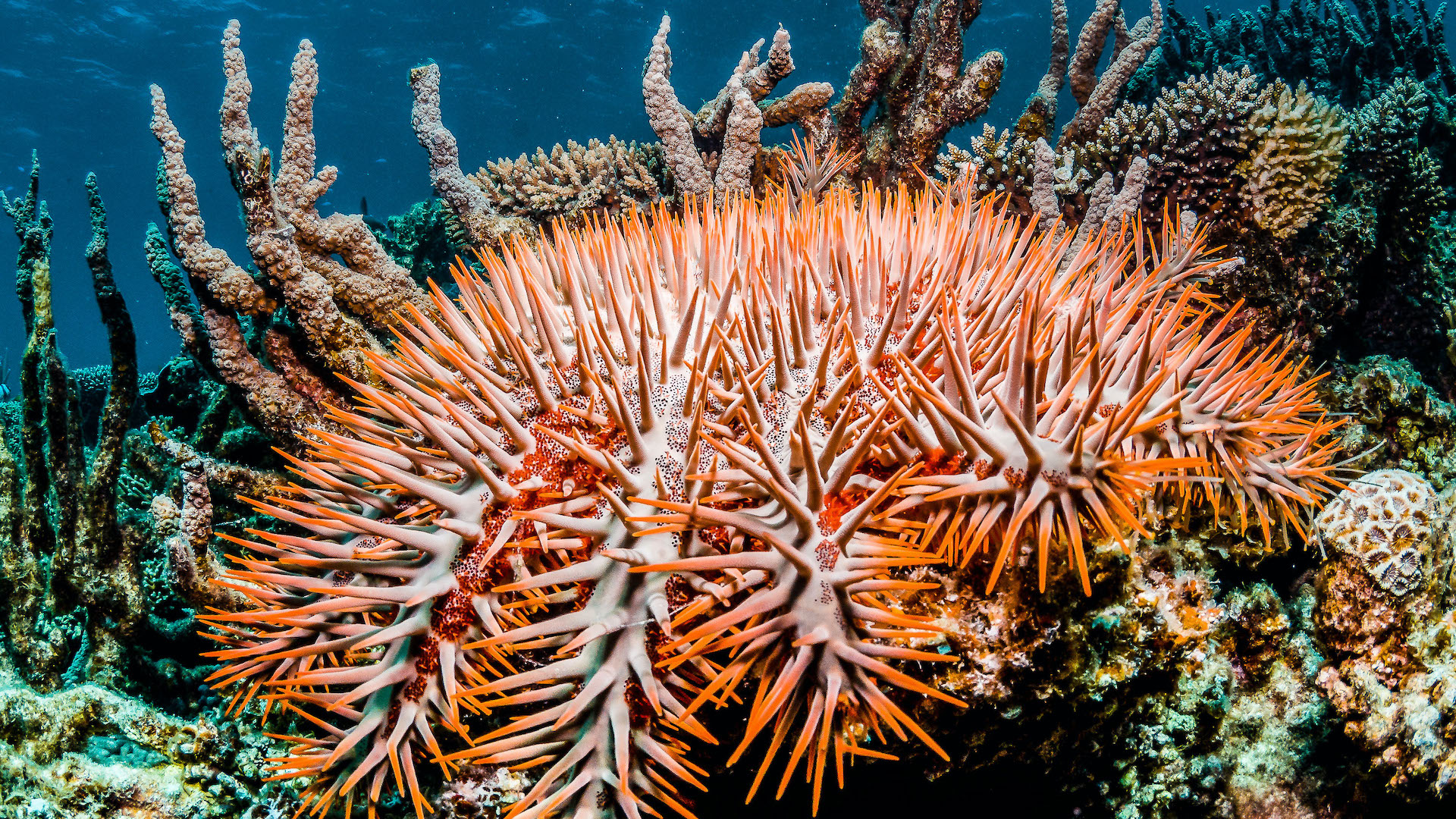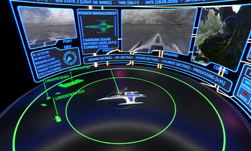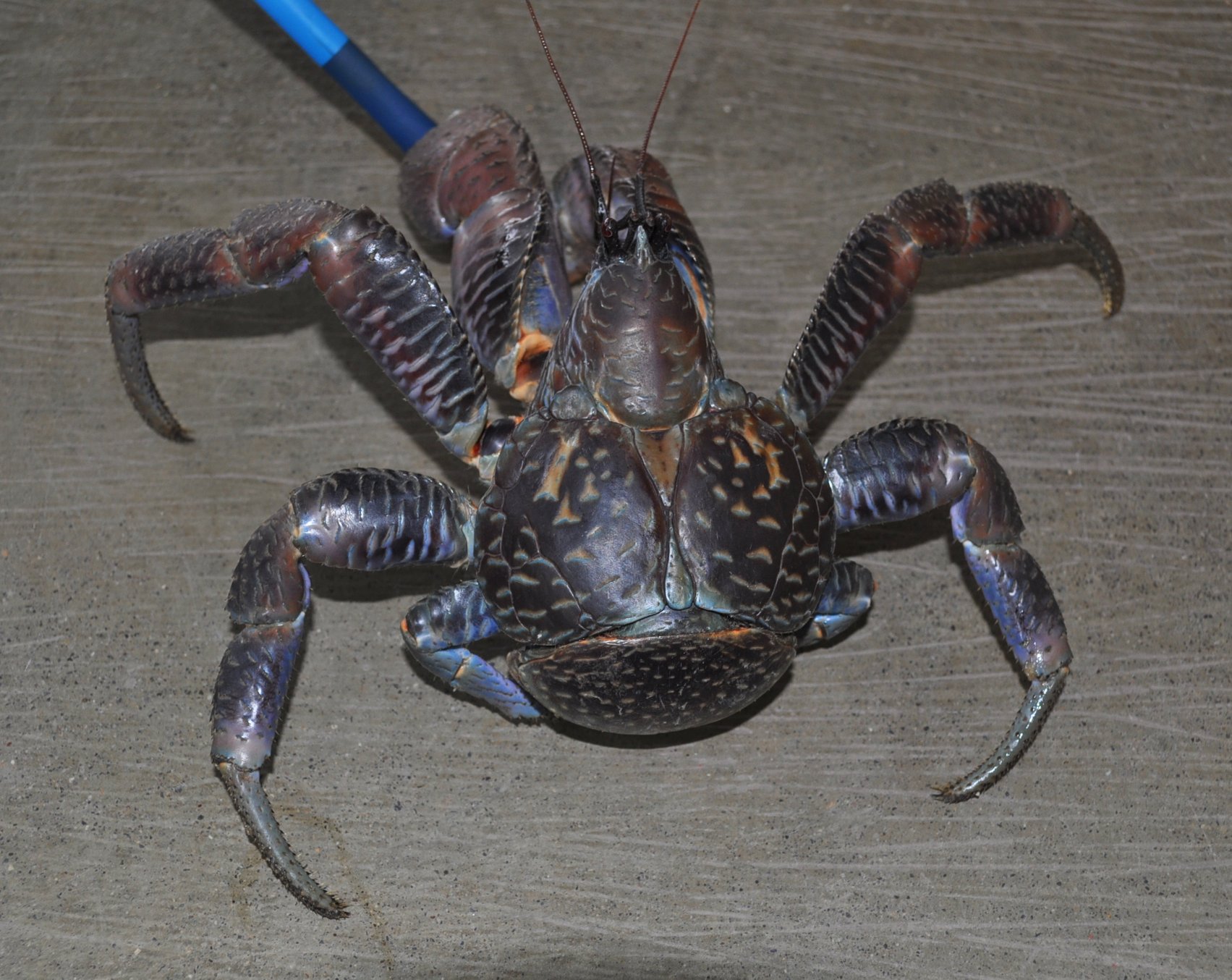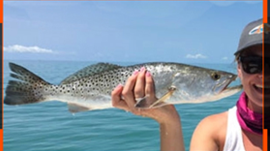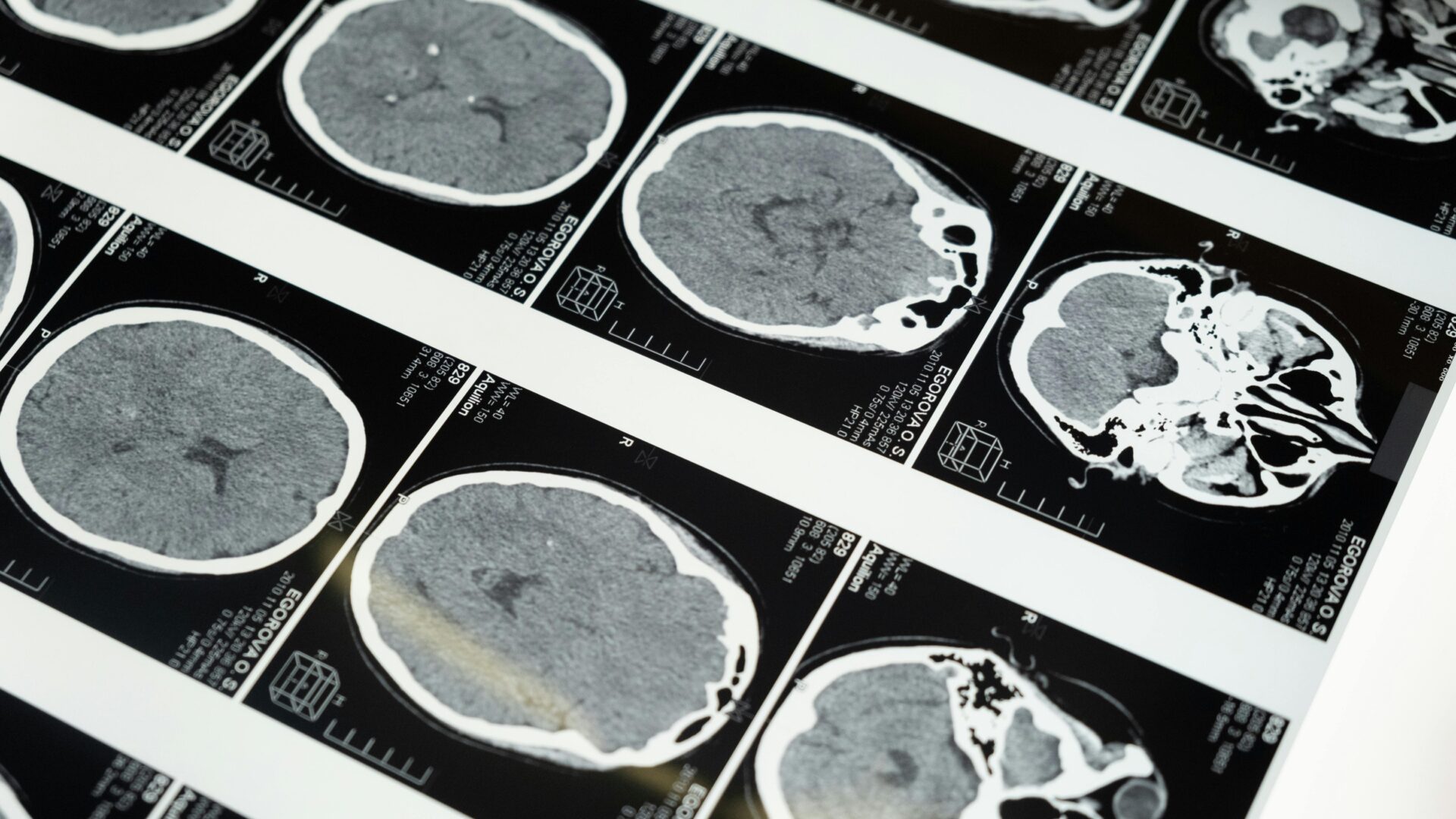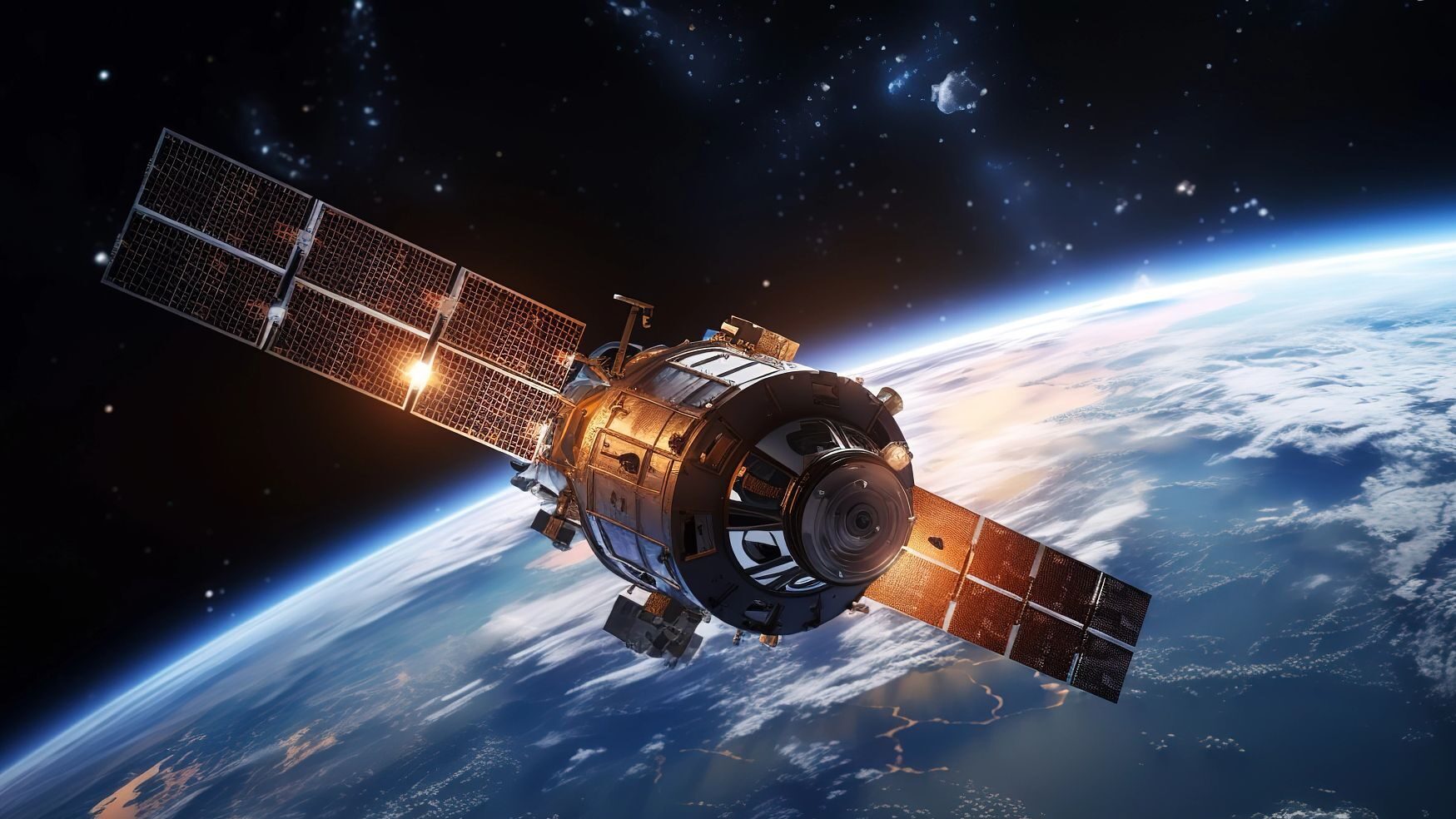California beaches are becoming safer with a new AI-powered shark detection system. Known as SharkEye, the technology identifies sharks near shorelines in real time and sends text alerts to public safety officials, lifeguards, and the community.
This innovative AI-driven system, developed by the Benioff Ocean Science Laboratory (BOSL) at the University of California, Santa Barbara, uses drones equipped with high-resolution cameras. These drones capture video footage, which is then analyzed by machine learning algorithms that determine if sharks are present.
Detecting sharks in real time boosts surfer and swimmer safety along the coastline. The project launched at Padaro Beach near Santa Barbara, an area that juvenile great white sharks and surfers frequent.
According to BOSL Project Scientist Neil Nathan, the team trained the computer vision model using NVIDIA T4 GPUs with over 15,000 images from drone surveys at Padaro Beach over 5 years. They trained the model over 20 hours, reaching 92% mean average precision.
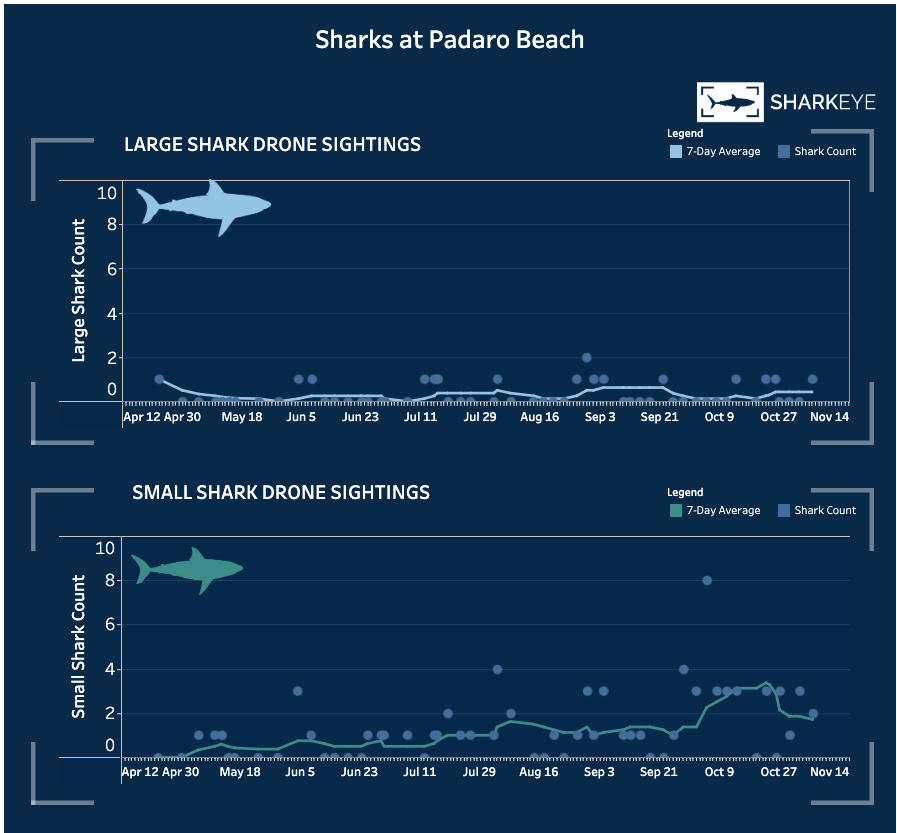
The algorithm can detect sharks a few feet below the surface and could be more accurate than humans, especially when contending with rough waters, sun glare, and other visibility challenges.
Survey results are posted on the SharkEye dashboard in partnership with California State University, Long Beach. It also includes ongoing detection results of acoustic surveys being conducted.
The project could help marine biologists study shark behavior and migration patterns, informing conservation and public safety efforts.
According to Nathan, the team plans to make SharkEye publicly available for broader use and beach safety.



